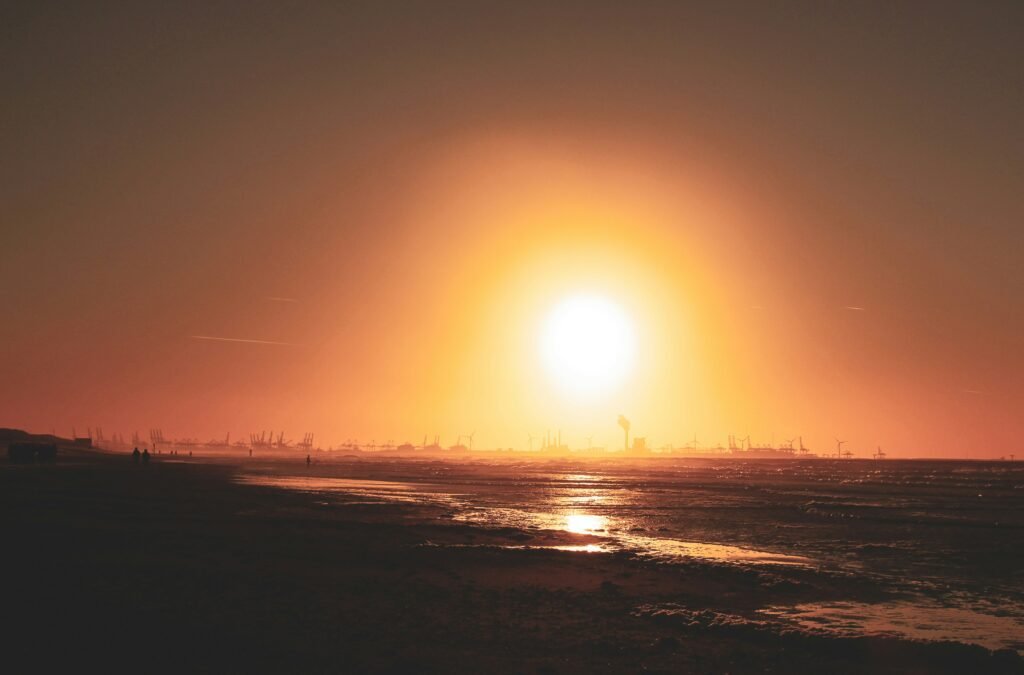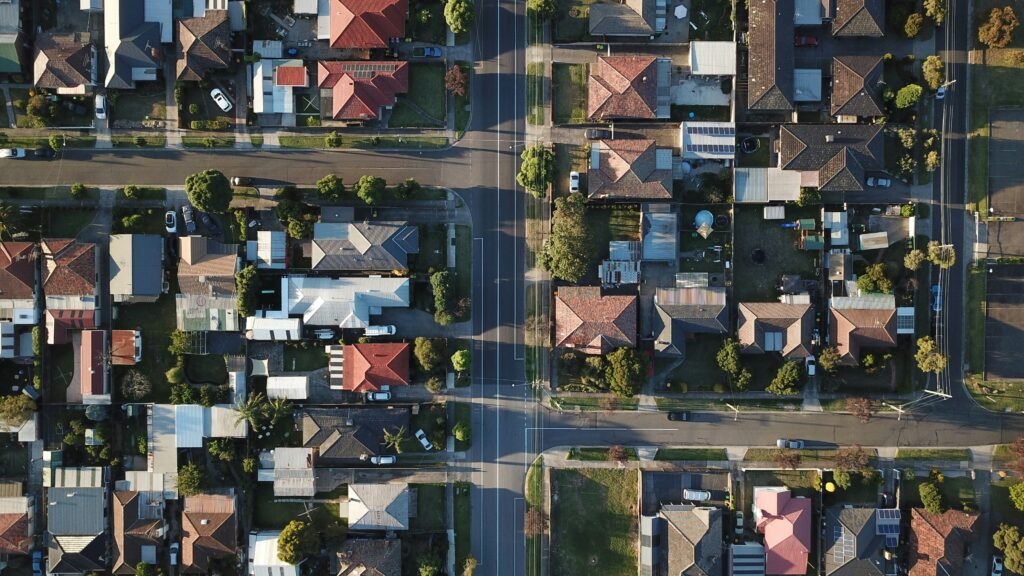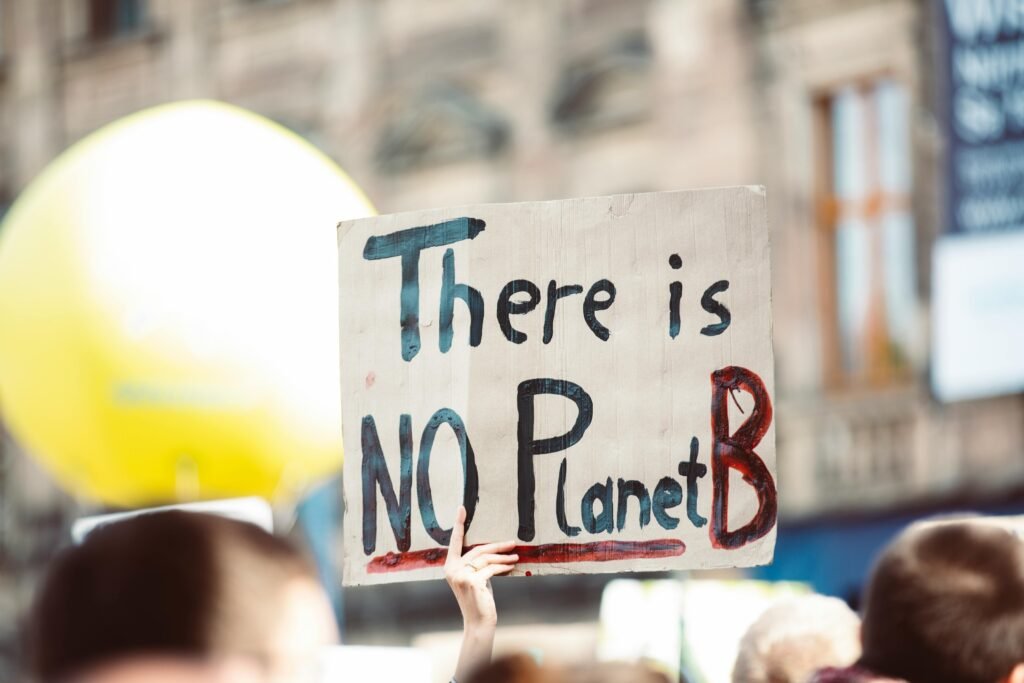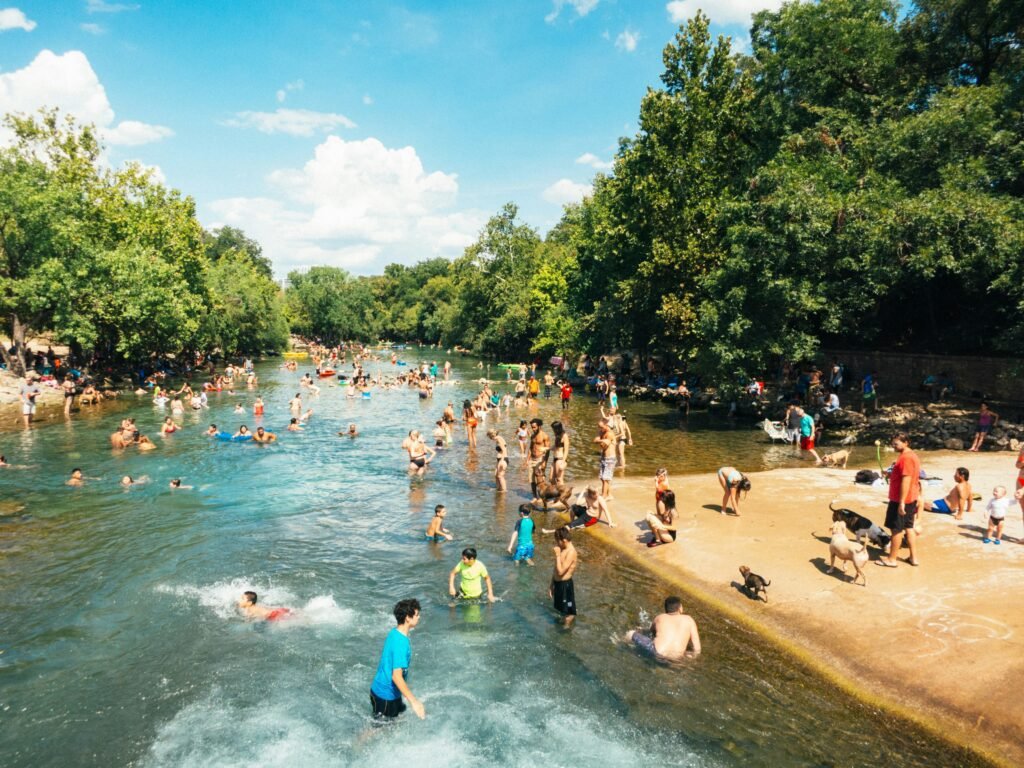
In Fiji, “The Burning West” is a term used by many when referring to the western side of the island and its warmer areas and, in Australia, particularly during the recent summers in Western Sydney, that title is particularly relevant.
For scorching temperatures in 2024, often surpassing 35 degrees, have at times made it feel like Sydney’s west was burning, and many have cited that the urban heat islands (UHI), which are densely built urban areas that trap heat, and the lack of natural greenery have significantly worsened matters.
Coupled with the heat temperatures rapidly escalating due to climate change, it could all be described as a dangerous, perfect storm.
In a piece republished from The Conversation, UTS researchers have shared their analysis that demonstrates that Sydney’s west typically sizzles 5 degrees hotter than the East – and one of the factors is where the former is situated.

Geographical location:
The western Sydney region is far from the coast, with the distance to the nearest beaches an average of 30-60 mins by car, and Bondi Beach 32.7km from Parramatta. With limited access to the coastal breeze (which acts as a natural air conditioner, cooling the eastern suburbs), Sydney’s west gets 400mm less rain – yearly – than its eastern counterpart.
Also, due to both geographical location and many housing estates in Western Sydney being situated in urbanised heat islands, areas such as Blacktown, Mt Druitt, Penrith, and Marsden Park (which are far from the ocean) have become higher in temperature during summer than local, rural bushland in Australia.

Urban development: dense Western Sydney:
Consulting senior urban planner, Samuel Austin, has said that in six months Marsden Park – situated 50km northwest of the Sydney CBD, and 46 mins from Bondi Beach by car – will be “the hottest place on earth”, and that the reason is urban development.
Urban heat islands develop in areas where there is a lack of green spaces – such as tree canopies and waterways – and when there are places of hard and sealed surfaces, such as bricks, concrete, asphalt, dark-coloured roofs and roads; it’s a dangerous algorithm, one that raises the temperature by 10-12 degrees, yet is the incorrect code that the NSW Government presently adopts when it comes to building housing estates in Sydney’s west, such as those in Marsden Park.
In 2022, the NSW Government chose to abandon its former plan of banning dark roofs, despite statements from then-planning minister, Rob Stokes, that ending the previous method would be a positive step forward and “Have an enormous impact on the urban heat island effect” in Sydney’s west.
The sustainable planning agenda was approved by environmental groups, and would have made it mandatory for roofs of new houses to be lighter in colour, and thus lower urban heat temperatures for the people of Western Sydney.
Yet, it never came to fruition, and the government did not supply a plan B.

What to do about a changing Western Sydney climate:
The Mayor of Blacktown, Stephen Bali, has said, “There is a change in the climate between eastern seaboard versus Western Sydney,” and fears temperatures will only escalate in the coming years if no government action is to be taken.
While the reprieve could come in a multitude of urban cooling fixes that, if implemented, would help those in western Sydney: such as changing dark roofing and opting for lighter colours, increasing foliage and native green space, as well as replacing pavements and roads with heat-reflective paint to minimise heat better, unless those changes are implemented soon, the effects of the climate crisis will continue to be felt and ultimately worsen, for both residents now and for generations to come.
Short of possible corporate and government sustainability accountability measures – such as Urban Greening – sustainable packaging, and green energy mandates (like installing thousands more wind turbines), the power sits with the people to act and apply pressure.
Each of us can take steps to try to combat rapid climate change, such as buying products based on their environmental impact, leading to the loss of revenue for unsustainable brands and driving the change to a fully sustainable economy.

Thus, we need to do everything possible to try to alter the effects of climate change, and that means the NSW Government greenlighting and implementing sustainable planning agendas, such as making it mandatory to move to lighter-coloured roofing, as well as plant much more green spaces.
This could improve the hot conditions for residents in areas that are in urban heat islands today.
Authors: Raynesh Charan and Nataša Aster-Stater



